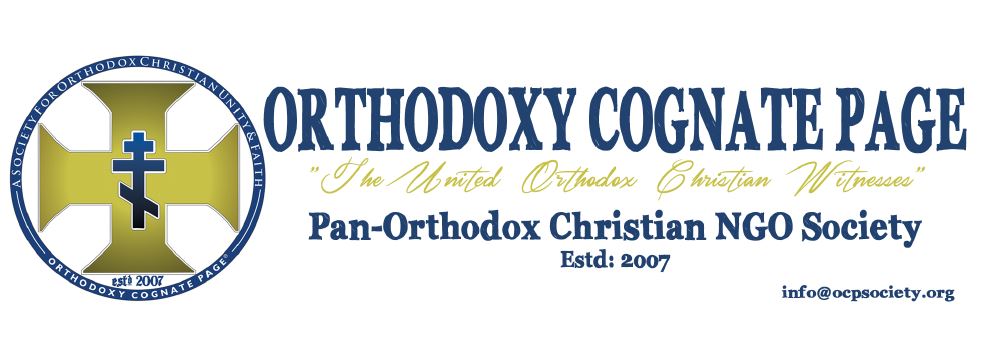The last of the Armenians

The Armenian Church . Photo: Anisur Rahman
22/6/13
Once a flourishing community in Bengal, Armenians have dwindled in number to such an extent that only one man now represents the entire community in Dhaka. He is known by his Anglicised name of Michael Joseph Martin.
When Martin, now in his late seventies, dies, it will throw into doubt the future of the Armenian Apostolic Church of Holy Resurrection, one of Dhaka’s most beautiful churches.
Martin, whose Armenian name is Mikel Housep Martirossian, shoulders the responsibility of preserving the building against the ravages of the weather and pollution.
The cemetery in the church is akin to a huge history book, chronicling the history of the Armenian people in the region.
Founded in 1781, the Armenian Church is a historically significant architectural monument situated in Armanitola in old Dhaka. The church bears testimony to the existence of a significant Armenian community in the region in the 17th and 18th centuries.
Following the domination of their homeland by the Persian powers of the time, Armenians were sent by their new rulers to the Bengal region for political and economic reasons. They came to Dhaka for business and traded in jute and leather. The area where they lived came to be known as Armanitola.
The now famous church was built on Armenian Street in Armanitola, then a thriving business district. The site was an Armenian graveyard before the church was built, and the tombstones that have survived serve as a chronicle of Armenian life in the area. Agaminus Catachik, an Armenian, gave away the land to build the church.
In the fifty years following the church’s construction, a clock tower was built on its western side. It is said that the clock could be heard four miles away, and people synchronised their watches with the sound of the tower’s bell. The clock stopped in 1880, and an earthquake destroyed the tower in 1897.
The church plan is rectangular. Features include an arched gate and an arched door. There are four doors and 27 windows. The main floor is divided into three parts: a pulpit enclosed by railings, a middle section with two folding doors, and an area separated by a wooden fence for seating women and children. There is a spiral staircase leading into the church.
Today, the church is usually closed. It has been the subject of BBC and AFP documentaries, and has received recognition from the Bangladesh government as an archaeological site.
Martin, the custodian of the church, came to Dhaka in 1942 during World War II, following in the footsteps of his father who had settled in the region decades earlier.
In his advanced age, he now worries about who will look after the church.
“This is a blessed place and God won’t leave it unprotected and uncared for,” he told an AFP interview.
He added, hopefully: “When I die, maybe one of my three daughters will fly in from Canada to keep our presence here alive.”
The BBC, AFP, The Independent and works of Muntassir Mamoon and Sushil Chaudhury.

187398 285882I believe other website proprietors ought to take this internet site as an model, quite clean and superb user genial style . 433307